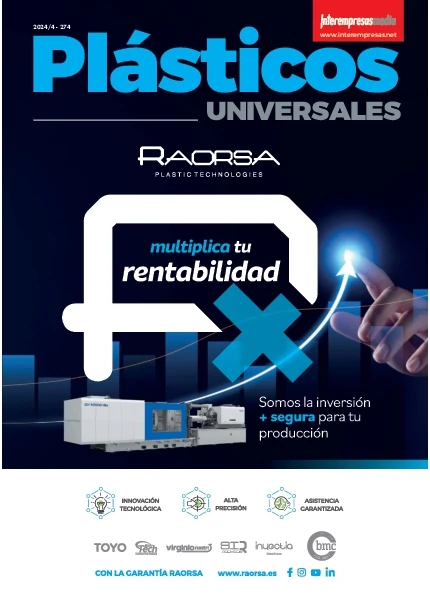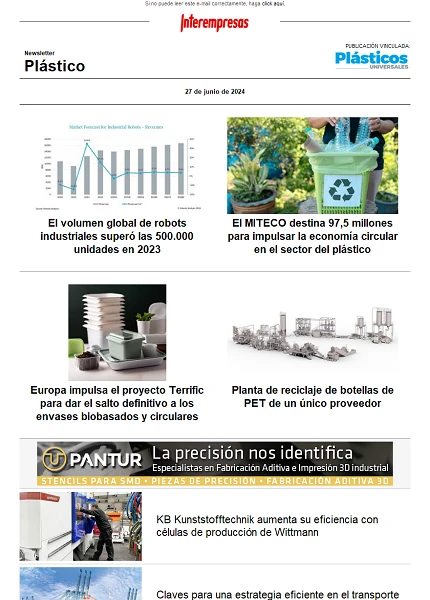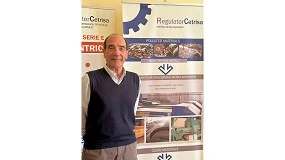Control technology of CNC machining of tools and moulds
Although the majority of manufacturers of molds and tools previously scheduled their machines in the workshop, the current trend of using modern CAD/CAM programs are growing ever more supporters. One of the reasons for this is the growing complexity of the pieces that are produced and the considerable advantages that in such a case the CAD construction promises. Another reason is that the CAM software today is much more efficient, and able to schedule the five axes machining processes. A third reason is the increase in the capacity of transfer and storage of data: large CNC programs used in the machining of tools and moulds can be transferred in a few minutes from the CAM system to CNC controls through the hardware and software modern.
Wilfried Steiger, an authority on the machining of high-performance GE Fanuc Automation CNC Europe, cited some examples of the effectiveness of the current components: "users of GE CNC Controls Fanuc may well use a PCMCIA card"which you can store up to 1 GB of data, either you can choose our fast data server, which transfers programs to speed up 100Mbit/s. "In both cases, the efficiency is increasing so rapidly that he does expect an increase in the use of CAM systems."

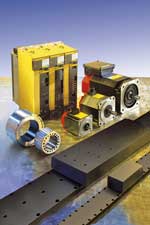
The data is transferred between the system CAM and CNC control by means of a posprocesador which translates the lines and circular segments to the specific language of the control. There are qualitative differences between them. A simple posprocesador is able to process files CL, a quasi-standard of the early 1990s, which is based on lines and circular arcs. On the other hand, a higher capacity processor can read extended data sets and, for example, to transfer them in the shape of NURBS. Wilfried Steiger considers him a good method. However, mention an alternative: "with the so-called Nano Smoothing, offer a function that converts linear piece programs in NURBS curves in real time on our controls GE Fanuc, providing a uniform machining of surfaces and more fluid movements of processing."
Nano Smoothing also uses all the advantages of the interpolation Nano, one of the main strengths of the GE Fanuc CNCs. In the Nano interpolation, controls generate nanometers accuracy positioning instructions, taking maximum advantage of the potential accuracy of the systems I servo digital precision. Using this interpolation, in which the smaller displacement orders are not rounded, high quality servo mechanisms can uniformly follow the path of the tool and get the best surface at high speeds of advance and rotation. Nano Smoothing is available in the controls of high end of the series 30i, three-axis machining, for both the 5 axes.
The proper use of this function not only depends on the effectiveness of the posprocesador and the length of the linear blocks that generates, but also of the extent in which the user appreciates the high surface quality and accuracy. In either case, Nano Smoothing function leaves the user the option to enable it or disable it at any time or place. It also has an algorithm of regulation which allows you to recognize the corners and straight lines as such, and adapt to these movements.
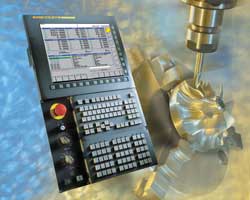
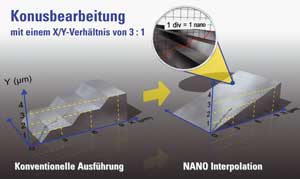
Numerous functions for five-axis machining
For this type of machines, GE Fanuc provides functions that allow an optimal use of the full potential of the machine and the control. They are available, for example, options for compensation for length, direction and the radius of the tool (TCP, TPC and CRT). These functions are improved at the same time, with the continuous incorporation of new extensions such as, for example, the compensation of the point of Court of the tool, which simplifies the programming of CNC. It is used to calculate the point in which the tool should cut the material. The tools of special forms, such as the trapezoidal or rounded tip, require special correction data, normally included in the CAM software. In the new GE Fanuc CNC controls, these values are constantly memorized after the measurement of the tool, and can be retrieved by clicking a button. This not only simplifies the programming of CNC, but it allows you to quickly change the tools without having to modify the CNC program.
There are new functions available also to the level of angled work (TWP). Dr. Wilfried Steiger explains an example: "it is now possible to define the level of work not only by the Eulerian angles, but also using"roll, pitch and yaw"instructions (RPY), or by three points in space." "To facilitate the use of these functions, GE Fanuc has developed a guided screen that assists the operator during the introduction of the data and provides graphical support."
GE Fanuc, the world market in CNC technology leader, is also one of the leading specialists in drives and, Furthermore, connoisseur of the requirements of the industry for the manufacture of tools and moulds. The determining factors in this are: dynamic drives of the axis, high speed of rotation of the head, as well as good timing and precision of contour.
Motors and amplifiers must be carefully selected according to these characteristics. Servo motors with small moments of inertia (engines of rare-earth) or linear motors are ideal. Amplifiers with high current in short periods of time for a high acceleration are also the most appropriate. To achieve quick answers of the axes to the smaller instructions for positioning, control loops (current / speed / position) must be adjusted very dynamically, which can be achieved with controls HRV3 and HRV4 (High Response Vector). It is necessary to use special HRV filters to avoid resonances in the machine.
Integrated asynchronous head engines provide speeds of rotation and are, therefore, particularly effective for the machining of tools and moulds. This is because when they are machining the moulds, usually the tool turns at high speed during a prolonged period of time. Compared with the headers synchronous, asynchronous engines have the advantage that the power, and therefore developed heat losses are minimal for small loads and high speeds of rotation.
Servo motors with good synchronization are in high demand for the production of the best surfaces. GE Fanuc offers a patented engine designed for this purpose. These engines have servo functions by "fluctuations" compensation software: "compensation Smoothing" for linear motors and "Compensation of the fluctuation of the pair" for rotary engines.
The high settings of the amplifier (HRV3 and HRV4) also produce accurate contours. They also have software support, such as the role of advance Control, which reduces errors of follow-up and the function of acceleration of slack that minimizes contour errors during the changes of direction of the axes.
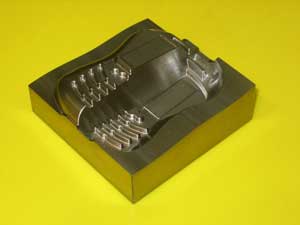
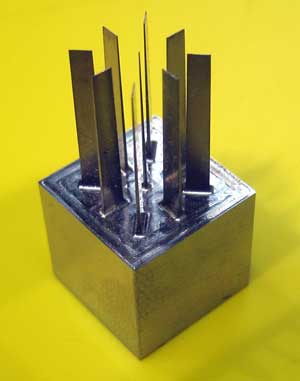
CNC software increases productivity
In addition to the selection of the conditions of machining function, the function of compensation of the Error of adjustment of the piece is especially useful in complex machining, for example, when the piece must be withdrawn after a machining operation - perhaps for its measurement - and then again tied to continue processing. In these cases it is inevitable that small deviations from the original mooring position may occur. This function allows to apply correction factors, based on the results of cycles of measurement, in the subsequent machining operations.
Steiger added: "another important function is the 3D interference checking new." In the manufacture of tools and moulds, mooring devices are subject to the risk of collisions. In the case of complex machinery and components, which are given multiaxiales simultaneous movements, it is extremely difficult for the operator of the machine to avoid collisions. Using the check for interference in 3D the machine operator can define rotating tool, the piece, the table and the moorings in an orthogonal volume. The control then considers this information in 3D, along with the current data of the tools, in the calculation of the axis movements and avoids possible collisions, even when running programs in five axes...



